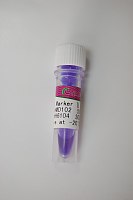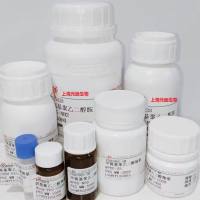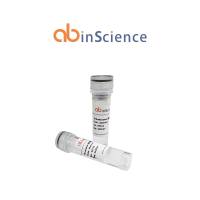Delivery of Transposon DNA to Lungs of Mice Using Polyethyleneimine-DNA Complexes
互联网
421
The ability to introduce new gene sequences into the tissues of experimental animals allows investigations into the regulation and effect of gene expression in that tissue as well as providing model systems for human gene therapy. In this regard, there has been considerable interest in the expression of genes newly introduced into lung tissues as a means of understanding gene expression in the lung and to explore the possibility of developing gene transfer as a therapeutic approach for diseases of the lung (1 ). Although much of this interest has focused on gene delivery through the airway by both viral and nonviral vectors (2 ,3 ), gene transfer in the lung can also be accomplished by vascular delivery. DNA complexes with cationic lipids (4 ) and polycations (5 ,6 ) have all been reported as effective methods for intravascular gene delivery to the lung. Of the different nonviral approaches, DNA complexes with polyethyleneimine (PEI) have been reported to provide the most effective gene delivery to the lung.








